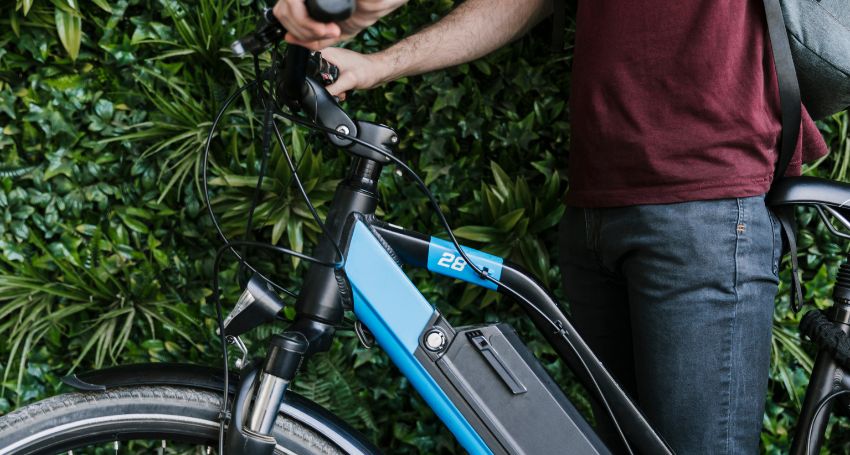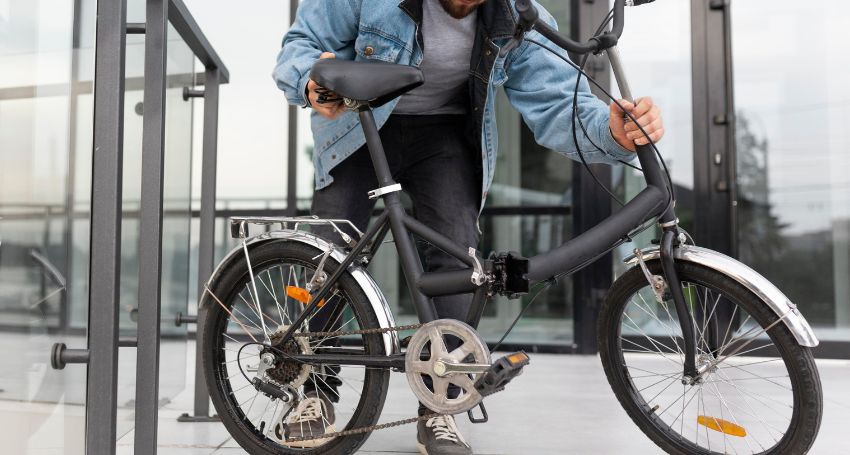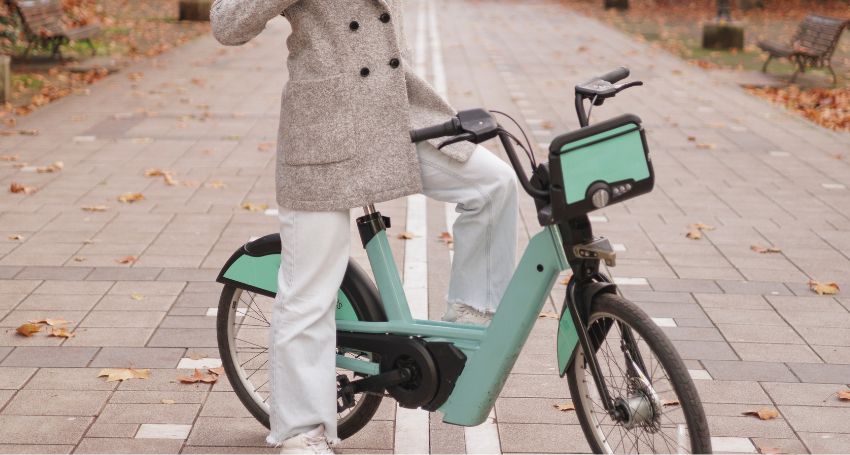
As electric scooters grow in popularity as a quick and eco-friendly mode of transportation, safety concerns are also on the rise. Riding an electric scooter can be convenient, but without proper precautions, it can lead to serious injuries. This guide covers everything you need to know about electric scooter safety, from wearing protective gear to understanding the rules of the road. Whether you’re a beginner or an experienced rider, this article offers key insights into staying safe while riding an electric scooter.
Why Electric Scooter Safety is Important
Electric scooters offer a convenient and eco-friendly way to commute around town, but they also come with risks. As the popularity of e-scooters rises, so do reports of injuries and accidents, often linked to a lack of helmet use and poor road conditions. Prioritizing electric scooter safety not only protects riders but also promotes responsible use in public spaces. Safe riding practices can help reduce the risk of serious injuries, making it safer for everyone on the road.
Do Electric Scooters Have Safety Risks?
Electric scooters do have inherent safety risks due to their small wheels and sometimes limited braking systems. Small wheels make e-scooters susceptible to road hazards, such as potholes and puddles, which can cause a scooter to lose balance. Poor road conditions like uneven pavement can be challenging for e-scooters, and riders may face additional risks if they aren’t careful. Additionally, electric scooters are typically less stable at high speeds, increasing the likelihood of accidents if riders are not cautious.
How to Choose the Right Helmet
Wearing a helmet is essential for electric scooter riders, as it significantly reduces the risk of head injuries in case of an accident. Look for helmets certified for safety by agencies like the Consumer Product Safety Commission. Helmets designed for cyclists or motorcycle riders are usually effective for e-scooter use. Be sure to choose a helmet that fits snugly and covers the forehead, and always wear the helmet while riding for maximum protection.
Protective Gear Beyond Helmets
While helmets are crucial, additional protective gear can help prevent other common injuries. Knee pads, elbow pads, and gloves provide extra protection if a rider falls or loses balance. Knee and elbow pads can prevent fractures and scrapes, while gloves offer a secure grip on the handlebar and protect hands during falls. Using this gear helps riders avoid minor injuries that are often associated with e-scooter accidents.
Read More: How Does Regenerative Braking Increase An EV’s Range
UnderstandingE-Scooter’s Brakes
E-scooters are often equipped with disc brakes or pneumatic tires, which enhance braking efficiency. Knowing how to use the brakes properly is essential, especially on wet or uneven surfaces. Avoid braking suddenly on slippery surfaces, as it can cause the scooter to skid. Practicing gradual braking helps maintain control over the scooter, allowing riders to stop safely on various types of terrain.
Why Proper Training is Essential
Many electric scooter riders lack basic training, which contributes to a high number of accidents. Without proper training, riders may not know how to handle emergencies or navigate safely on busy streets. Some rental companies offer basic guidance, but self-education and practicing on quiet streets before riding in busy areas can significantly improve safety for both the rider and pedestrians.
Where Can You Ride E-Scooters Safely?
Many cities have specific rules on where e-scooters can be ridden. In most places, riding e-scooters on sidewalks is prohibited to protect pedestrians. Instead, e-scooter riders should use bicycle lanes or stay in areas designated for micromobility vehicles. Following traffic laws, such as obeying stop signs and speed limits, helps ensure a safer environment for everyone, reducing the risk of accidents with other vehicles and pedestrians.
Common Electric Scooter Injuries and How to Prevent Them
Common injuries from e-scooter accidents include head injuries, fractures, and scrapes. These injuries are often caused by falls due to poor road conditions, speeding, or lack of protective gear. Preventing these injuries requires a combination of safe riding habits, such as wearing a helmet, avoiding speeding, and being vigilant about road conditions. Riders should always stay alert, especially in areas with heavy traffic or busy sidewalks.
Avoiding Reckless Riding and Speeding
Reckless riding, such as weaving through traffic, speeding, or ignoring traffic signals, increases the risk of injury. The speed limit for most e-scooters is 15 miles per hour, but riding even slower in crowded areas can improve safety. Riders should always be cautious, especially on unfamiliar routes, and respect speed limits. Taking a defensive approach to riding helps minimize accidents and keeps both the rider and others around them safe.
The Role of E-Scooter Maintenance in Safety
Regular maintenance is vital for e-scooter safety, especially for shared scooters. Checking the brakes, tires, and battery before each ride ensures the scooter is in good working condition. In shared e-scooter systems, users should report any damage or malfunction to rental companies for prompt repairs. Maintenance prevents unexpected problems that could lead to accidents, making it an important step in staying safe on an electric scooter.



